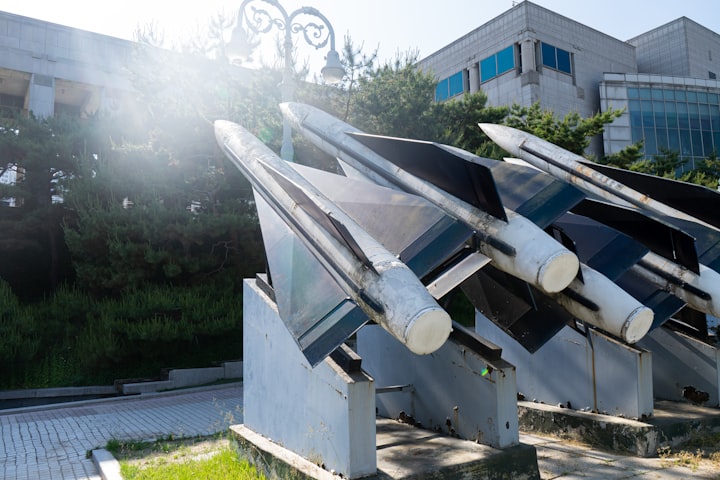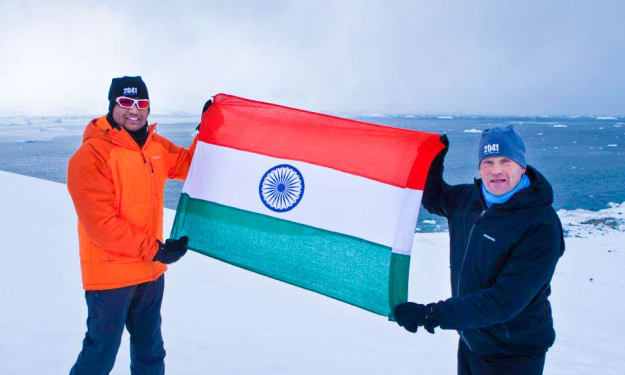Missile Man of India and USA
Strategic Relationship
Abdul Kalam, the 11th President of India, had a close relationship with the United States, both as a scientist and as a statesman. His work in the field of missile and space technology brought him in contact with American scientists and researchers, while his tenure as President saw him forging strong diplomatic ties with the US.
Scientific Collaboration
Kalam's interest in space technology began during his college days in Chennai, where he was inspired by the work of the American rocket scientist, Wernher von Braun. In 1963, he visited NASA's Langley Research Center in Virginia, where he interacted with American scientists and researchers. This visit marked the beginning of a lifelong collaboration between Kalam and American scientists and benefited for both countries.
In the 1970s and 1980s, Kalam led India's missile development program, which saw the development of the Agni, Prithvi, and Akash missiles. These missile programs were developed under his supervision with the help of foreign collaborations, including from the United States. In 1988, Kalam led an Indian delegation to the United States to discuss the possibilities of cooperation in the field of space technology. This visit led to the signing of the Indo-US Space Cooperation Agreement in 1991, which marked the beginning of a new phase of cooperation between the two countries in the field of space technology.
During his tenure as Scientific Advisor to the Defense Minister, Kalam was also involved in the development of the BrahMos supersonic cruise missile, a joint venture between India and Russia. He also played a key role in the successful conduct of India's nuclear tests in 1998, which marked a significant milestone in India's missile and nuclear capabilities.
Diplomatic Relations
Kalam's tenure as President of India, from 2002 to 2007, saw the strengthening of diplomatic ties between India and the United States. His visit to the United States in 2005 marked the first visit by an Indian President in more than two decades. During his visit, Kalam addressed a joint session of the US Congress, where he spoke about the need for greater cooperation between India and the United States.
Kalam was a strong advocate of India's strategic partnership with the United States and saw the two countries as natural partners in the 21st century. He believed that cooperation between India and the United States was essential for promoting peace, stability, and prosperity in the world.
Legacy
Abdul Kalam's contributions to India's missile and space technology have been immense, and his collaborations with the American scientists and researchers have played a key role in the development of these programs. His tenure as President saw the strengthening of diplomatic ties between India and the United States, which continue to this day.
Kalam's legacy as a scientist and statesman has been recognized both in India and abroad. He was awarded several honors and awards, including the Padma Bhushan, Padma Vibhushan, and Bharat Ratna, India's highest civilian award. In the United States, he was awarded the Hoover Medal in 2009, which recognizes individuals for their outstanding civic and humanitarian contributions.
Conclusion
Abdul Kalam's relationship with the United States was built on a foundation of scientific collaboration and strategic partnership. His work in the field of the missile and space technology brought him in contact with American scientists and researchers, while his tenure as President has different role and saw him forging strong diplomatic ties with the US. Kalam's legacy as a scientist and statesman has left an indelible mark on India's missile and space programs, and his contributions continue to inspire future generations of scientists and researchers in both India and the United States.
About the Creator
Raj’s Vocal
Welcome to my channel :)







Comments
There are no comments for this story
Be the first to respond and start the conversation.